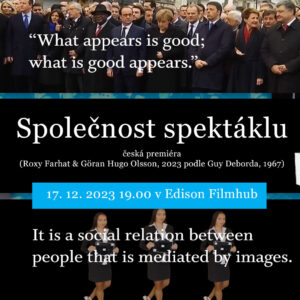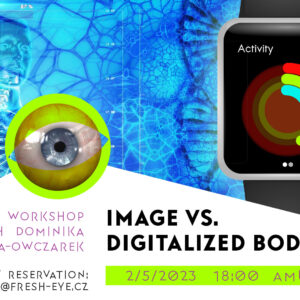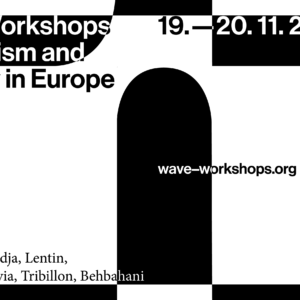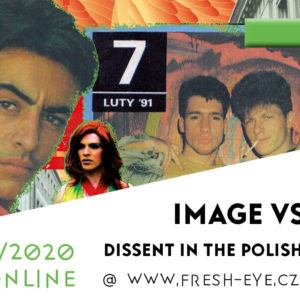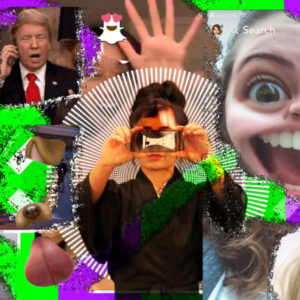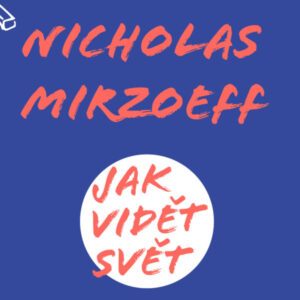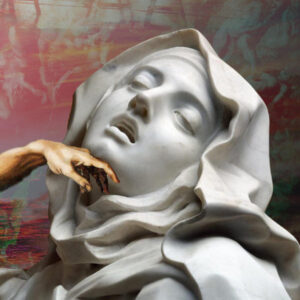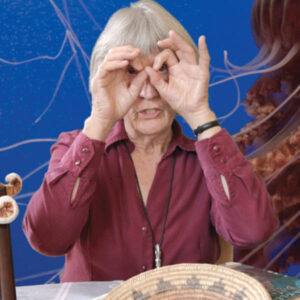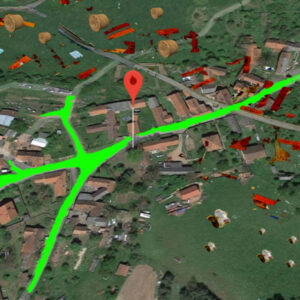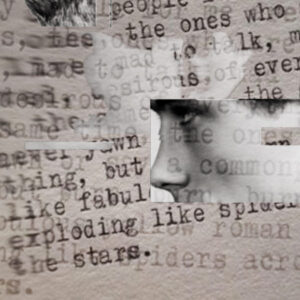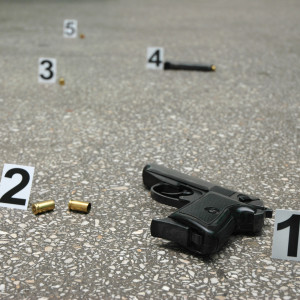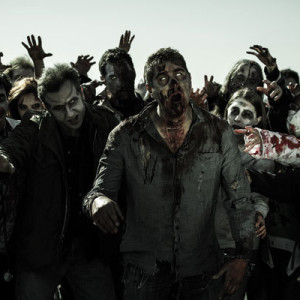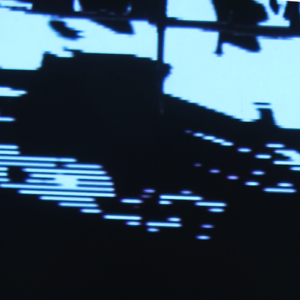Literary and visual images of ruins have accompanied the human culture for centuries. Contrary to what one could assume at first glance, the representations of decline and decay do not bear a solely negative meaning alluding to a post-apocalyptic destruction of the world. In the western tradition, they constitute a space for the formation of a new social order arising out of the remains of the past world. The constant alternation of extinction and origination alludes to the cyclic concepts of time in traditional societies. The collapse of the program order of the Enlightenment gives rise to romantic individual heroes, geniuses defying the social order in the form of a fixed code of conduct. The massiveness of the images of decline shifts the limits of our imagination and evokes a state of the sublime, further deepening our capability of sensory perception. The images of ruins open up a new kind of thinking coming from the inside, from the very structure – the “entrails” of the object, thus offering an alternative to the classic analytical processes of cognition.
The representation of ruins is present in the contemporary society as well. This time, it is most frequently represented by the new millennium’s phenomenon of ruin porn, with two essential political events in the background: the dissolution of the Soviet Union in Eastern Europe and the onset of the latest big economic crisis in the United States. While Europe’s interest in abandoned and crumbling buildings concerns primarily the political monuments of fallen communist governments, transatlantic ruin porn is embodied by the North American city of Detroit. Once a symbol of successful industrial production, primarily the automotive industry, it has turned into a ghost town lined with abandoned factory buildings and derelict neighborhoods after the recent economic collapse. The economic and political context of social transformation accompanying the contemporary images of ruins cannot be overlooked either.
What is the connection between the historical and aesthetic reflection of the images of ruins and the contemporary phenomenon of ruin porn? What gave rise to a whole photographic movement of urban explorers in the new millennium who venture to unknown and abandoned places to capture them in the stage of dilapidation and preserve them forever? How are ruins in central urban areas approached by the very cities, their political representatives and local citizens?
JAN STANĚK, aesthetician (Faculty of Philosophy of the University of South Bohemia) “Ruin-Happy: Melancholy, Majesty and the Magic of the Non-Functional”
MILOTA SIDOROVÁ, consultant of urban projects (Women. Public Space. Prague) “Brownfields: Common and Creative”
KATEŘINA HAVLÍKOVÁ, journalist and photographer (URBEX) „Urban Exploration – A Modern Way of Documentation at the Edge of the Law“
Follow our program via FB event!





